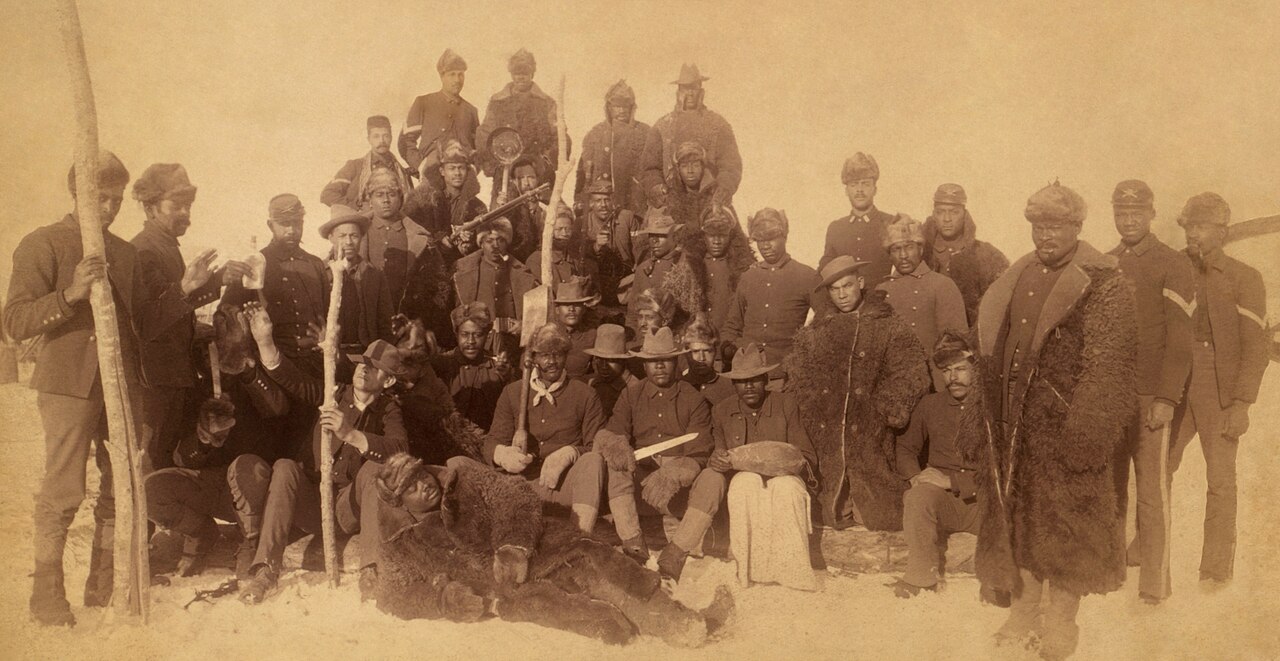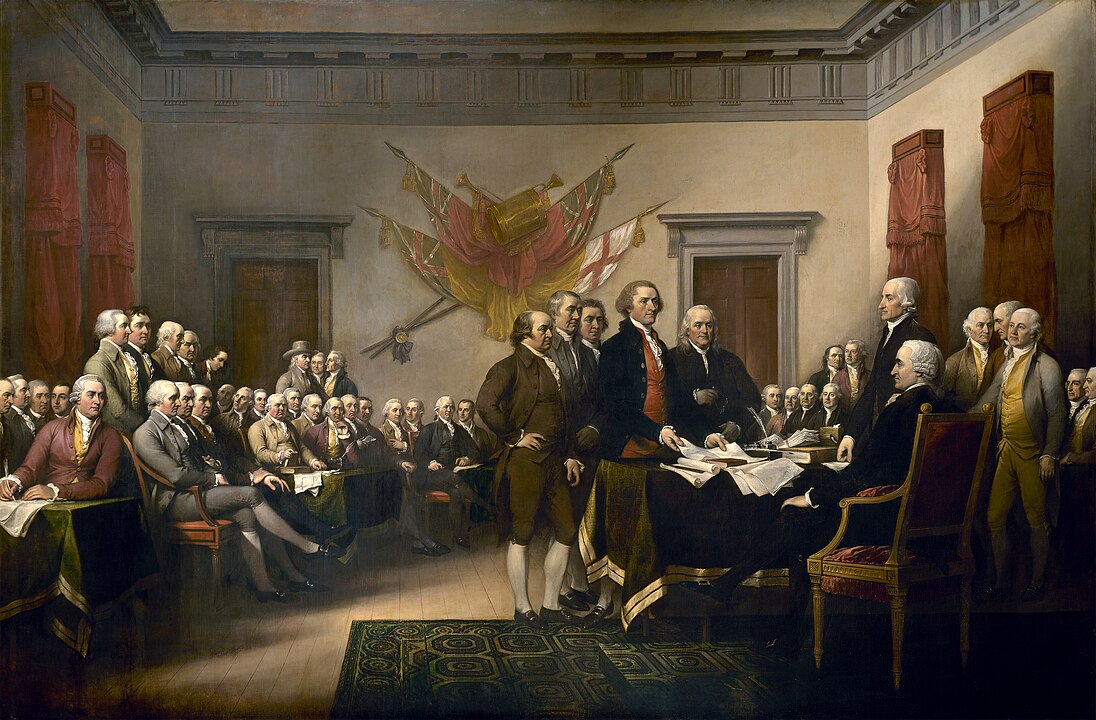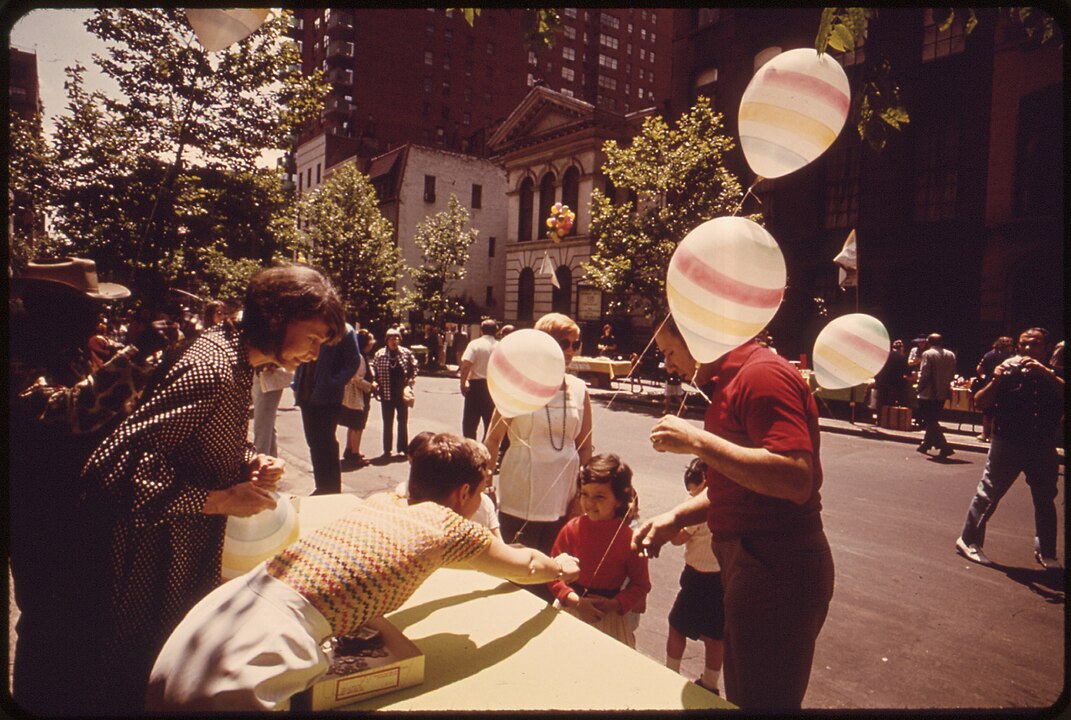Before the National Park Service existed, the Army guarded wild places each summer and wrote an unexpected chapter of stewardship. Buffalo Soldiers of the 24th Infantry and 9th Cavalry rode from the Presidio into Yosemite, Sequoia, and General Grant, then worked like rangers long before the title was official. They built access, enforced protection, and calmed conflicts in landscapes that were still finding their boundaries. What they left behind reads like a blueprint for how to care for a park and the people who enter it.
Mounted Patrols Kept Poachers And Grazers Out
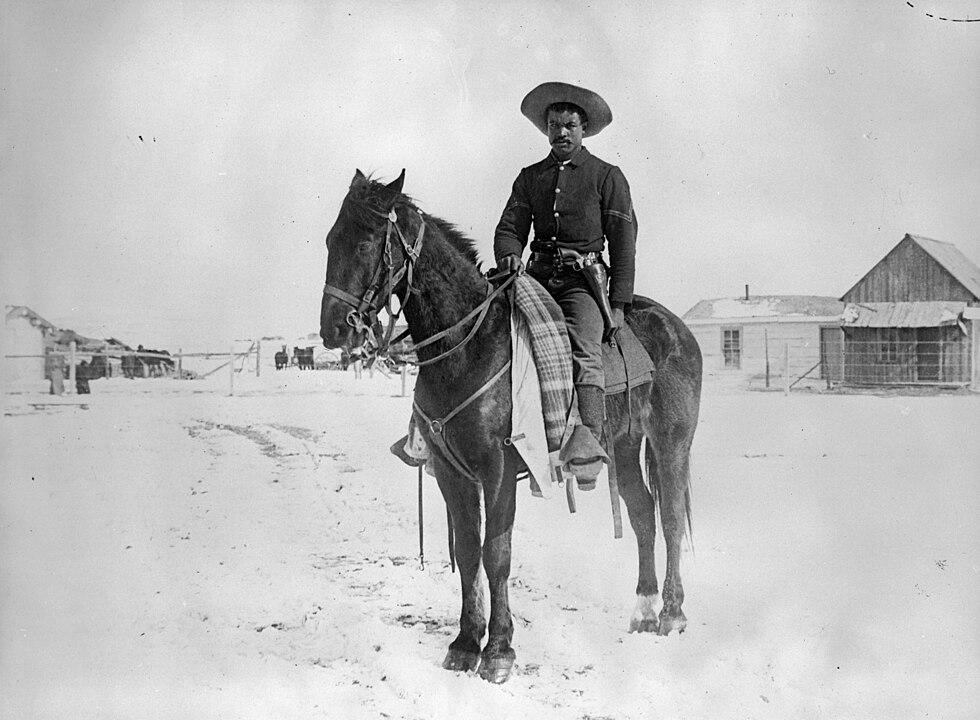
Buffalo Soldiers rode long circuits to remove trespass livestock, expel poachers, and confront timber thieves, often with little backup and maps they refined along the way. They monitored tourists, posted notices, and negotiated evictions, turning a cavalry skill set into quiet, daily law enforcement across huge terrain. That mix of firmness and diplomacy protected wildlife, meadows, and young forests while the parks learned how to govern themselves.
Roads And Trails Opened Wild Parks To Managed Access
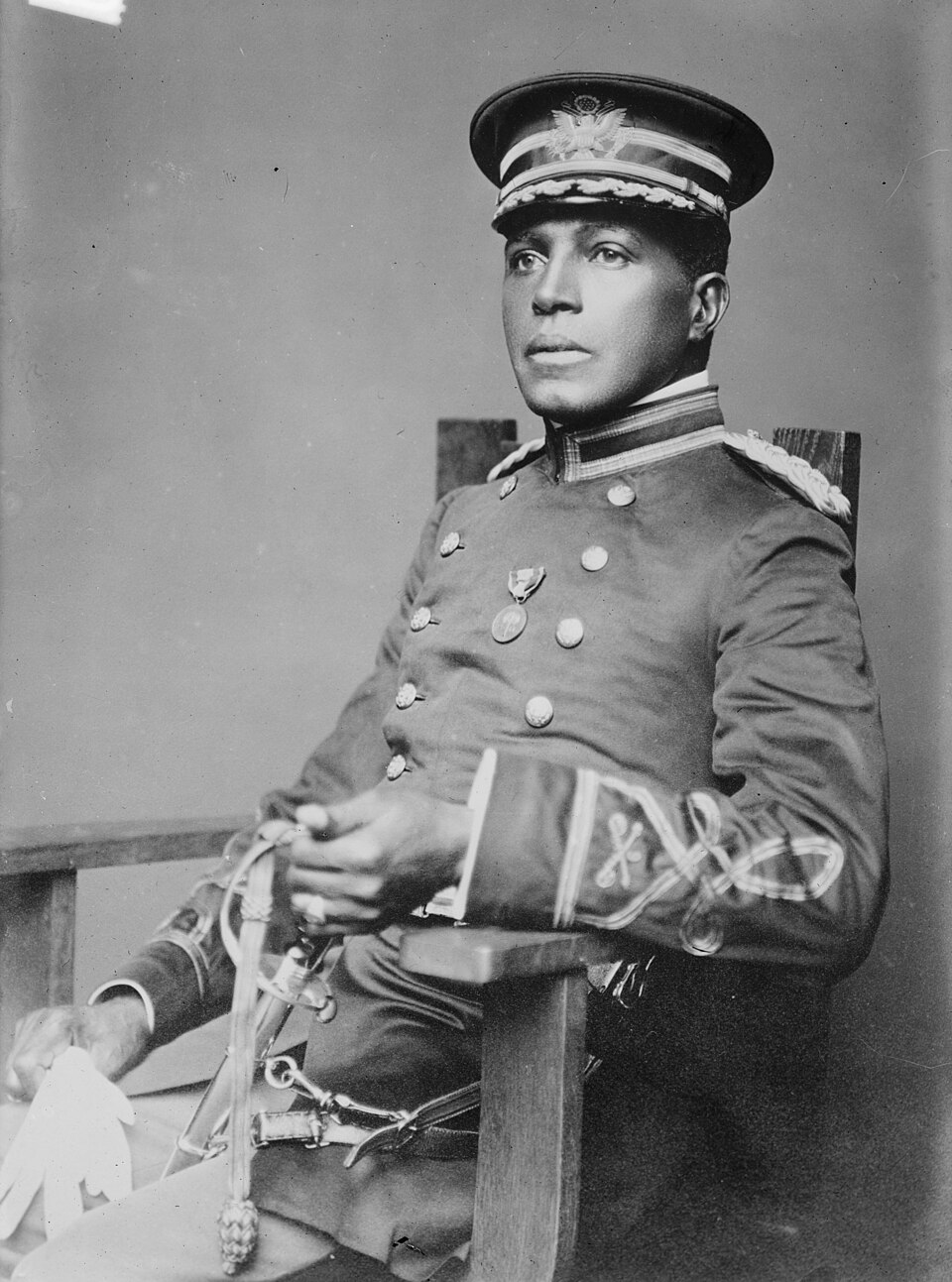
In Sequoia, Captain Charles Young led troops who pushed a wagon road roughly 11 miles into Giant Forest, reaching Round Meadow and Moro Rock so visitors could finally get in by carriage. They also helped complete the first trail to the summit of Mt. Whitney in 1903 and set alignments that later informed the Generals Highway. Roads and trails were conservation tools here, guiding travel onto durable routes and keeping fragile groves from being trampled.
Firefighting Became A Core Duty On Summer Details
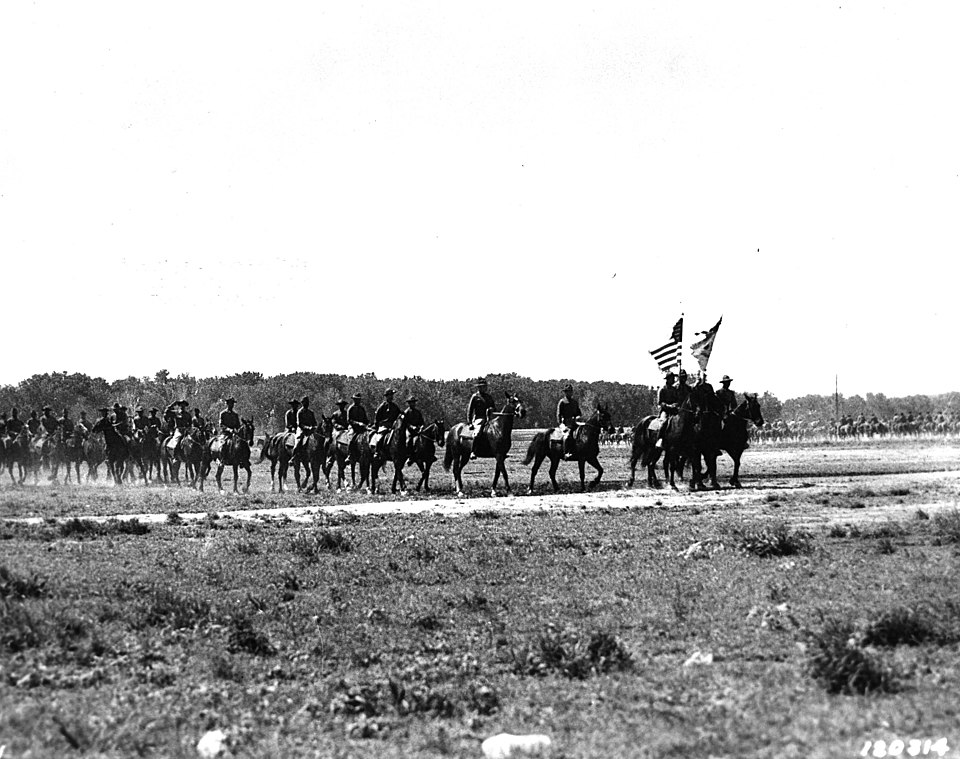
Summers brought lightning and stray campfires, and the soldiers acted as some of the nation’s first organized wildland firefighters in the parks. They scouted smoke on horseback, dug firelines with hand tools, and coordinated bucket relays at creeks while keeping tourists and stock out of harm’s way. Fire duty sat beside patrol work, yet it forged a habit of rapid response and prevention that later defined ranger practice across Yosemite and Sequoia.
Mapping And An Early Arboretum Advanced Park Science

Beyond enforcement, the troops mapped patrol routes and helped standardize place names so future rangers could navigate and plan without guesswork. In 1904, cavalrymen in Yosemite built an informal arboretum near the south fork of the Merced River and labeled specimens for public learning; one scholar later called it the park system’s first marked nature trail. Education and science were part of the job, braided into saddle work, camp inspections, and road crews.
Charles Young Led As Acting Superintendent In 1903
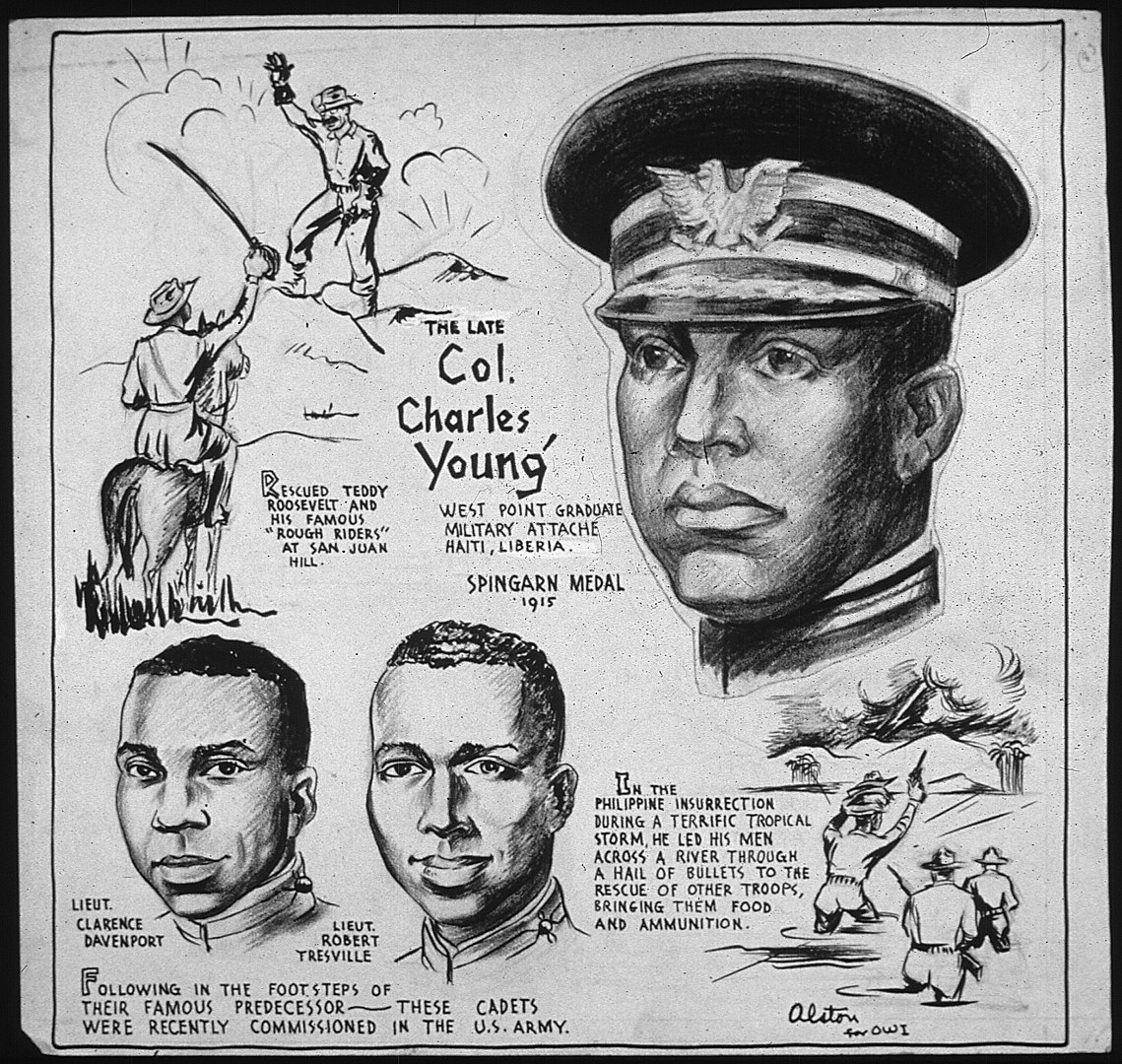
Leadership was part of the assignment. In 1903, Captain Charles Young served as acting military superintendent of Sequoia and General Grant, directing construction, patrols, and policy through a short but pivotal summer. He negotiated with local landowners, secured access to groves and overlooks, and set expectations that reduced illegal grazing and vandalism. Administration, not just patrol, proved these soldiers could run a park as well as protect it.
Seasonal Cavalry Details Set The Ranger Template
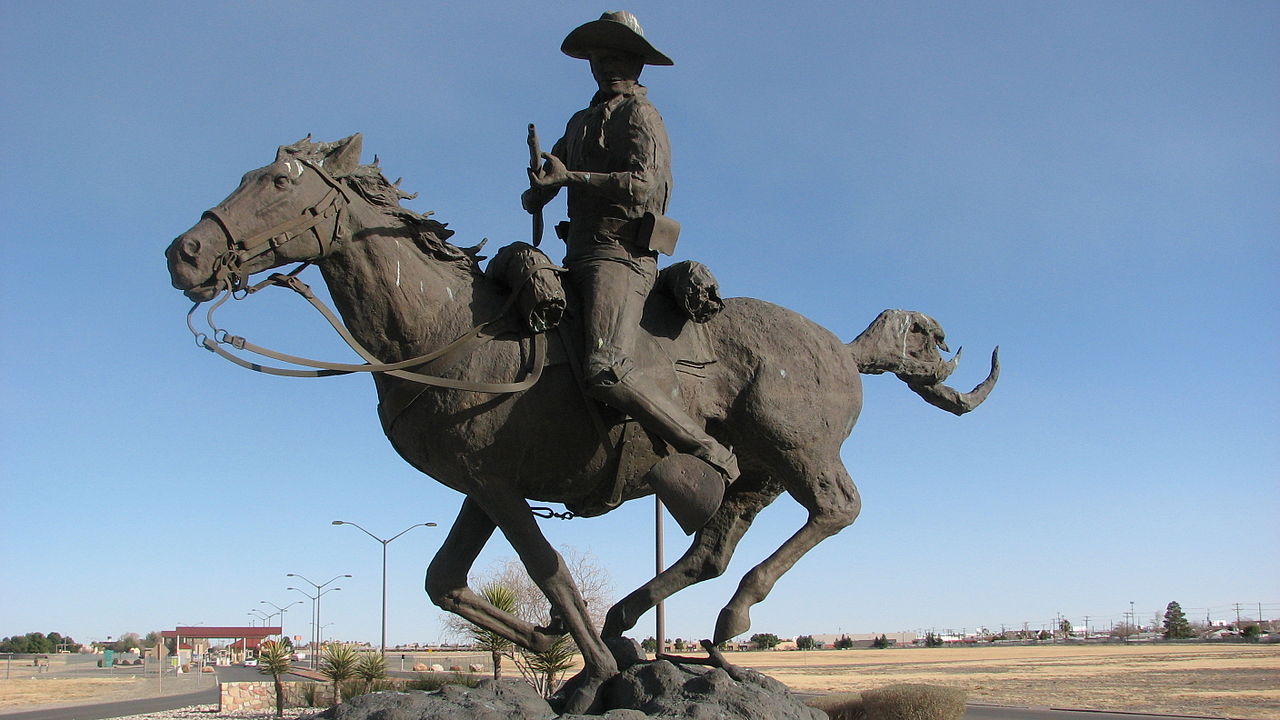
Each summer, detachments left the Presidio for the Sierra, riding for days to garrison valleys, trailheads, and high passes. In 1899 a company from the 24th Infantry patrolled Yosemite; in 1903 and 1904, the 9th Cavalry managed Yosemite and Sequoia with the same discipline they brought to war. Their routines mounted patrols, backcountry stations, detailed logs, permits, and daily public contact, became the working template for the civilian ranger corps after 1916.
